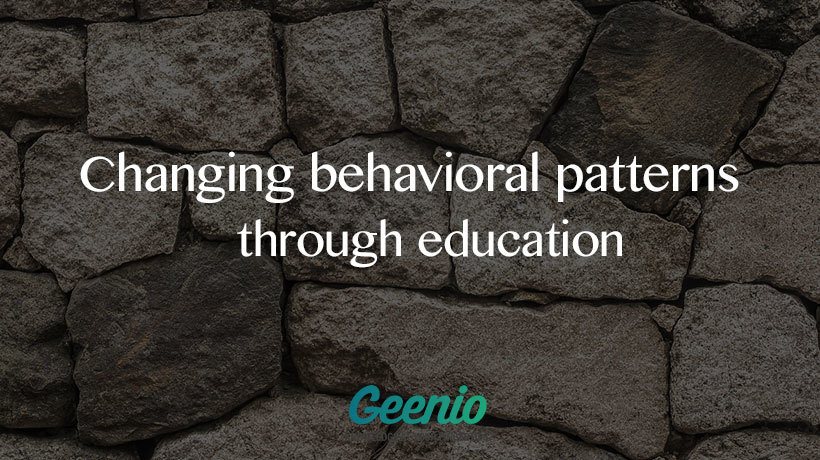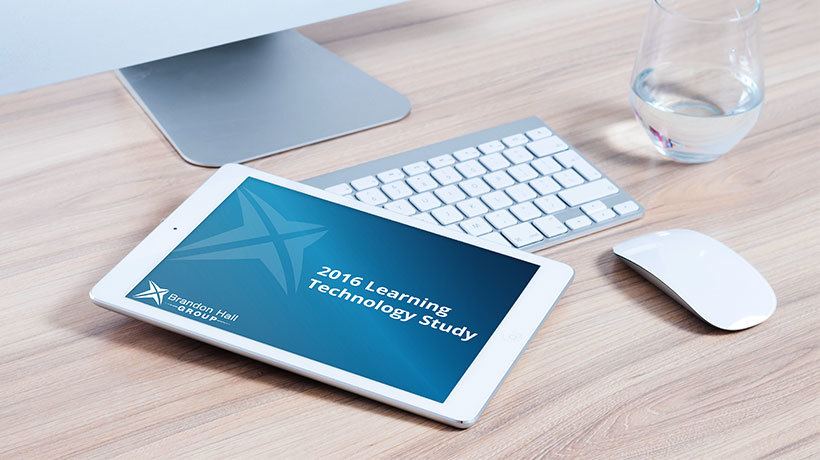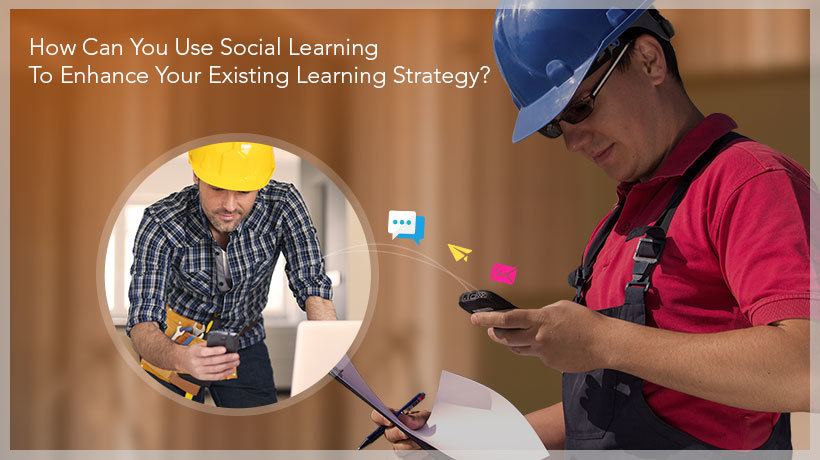June 30, 2016
Changing Behavioral Patterns Through Education
Behavioral patterns are useful in everyday lives, but changing them is hard. Let's look at the stages a person passes through when his behavior model changes. This will help to understand the students’ psychology and plan the syllabus in order to reinforce new behavioral patterns in their minds.
by Michael Treser











